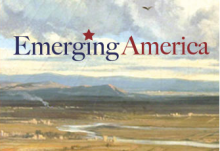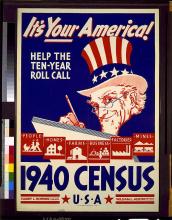Updated 07-15-2022
By Leah Bueso
Civic Engagement Research Group, University of California, Riverside
“Disability is a natural part of the human experience and in no way diminishes the right of individuals to participate in or contribute to society.”
- Individuals with Disabilities Education Act of 2004




